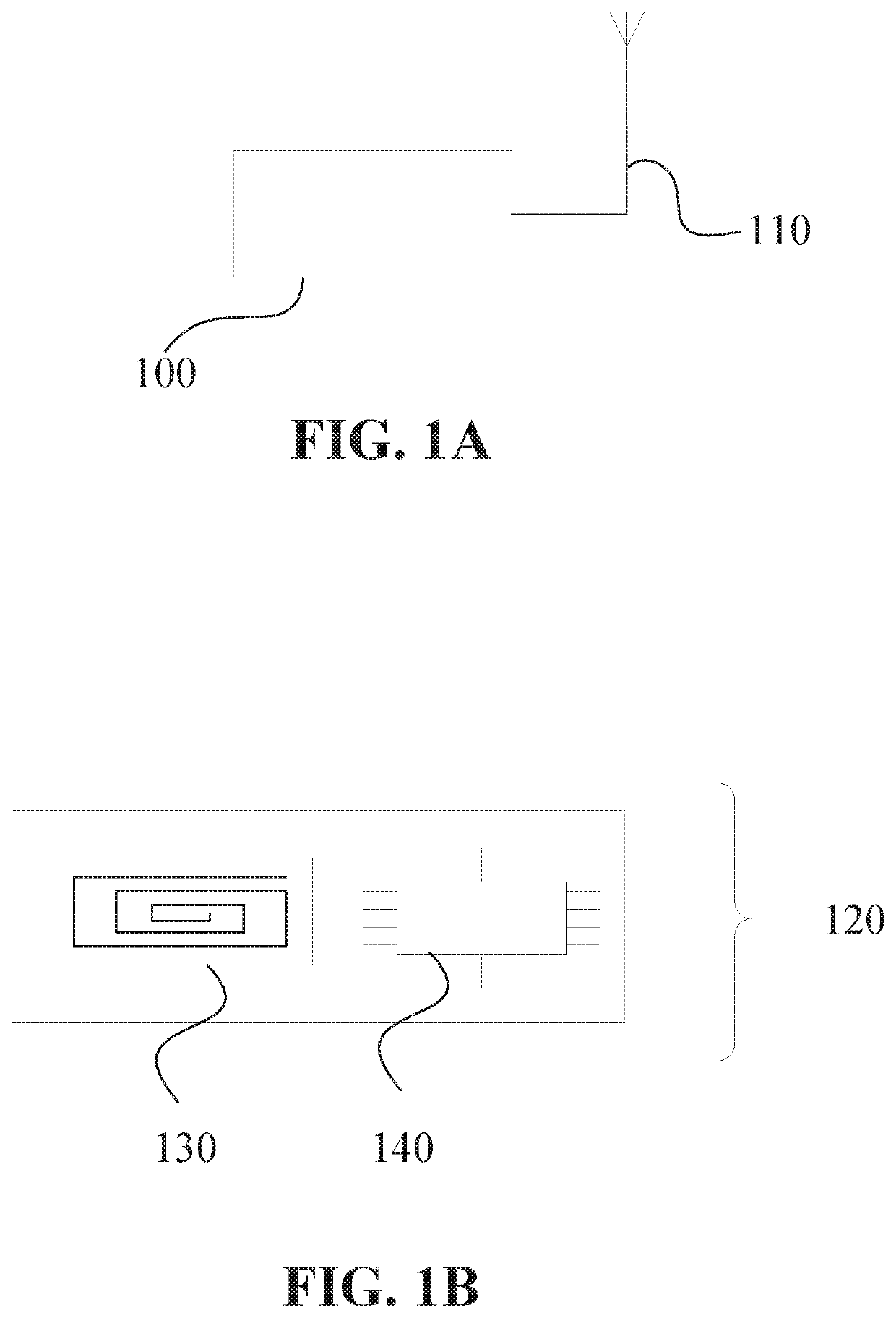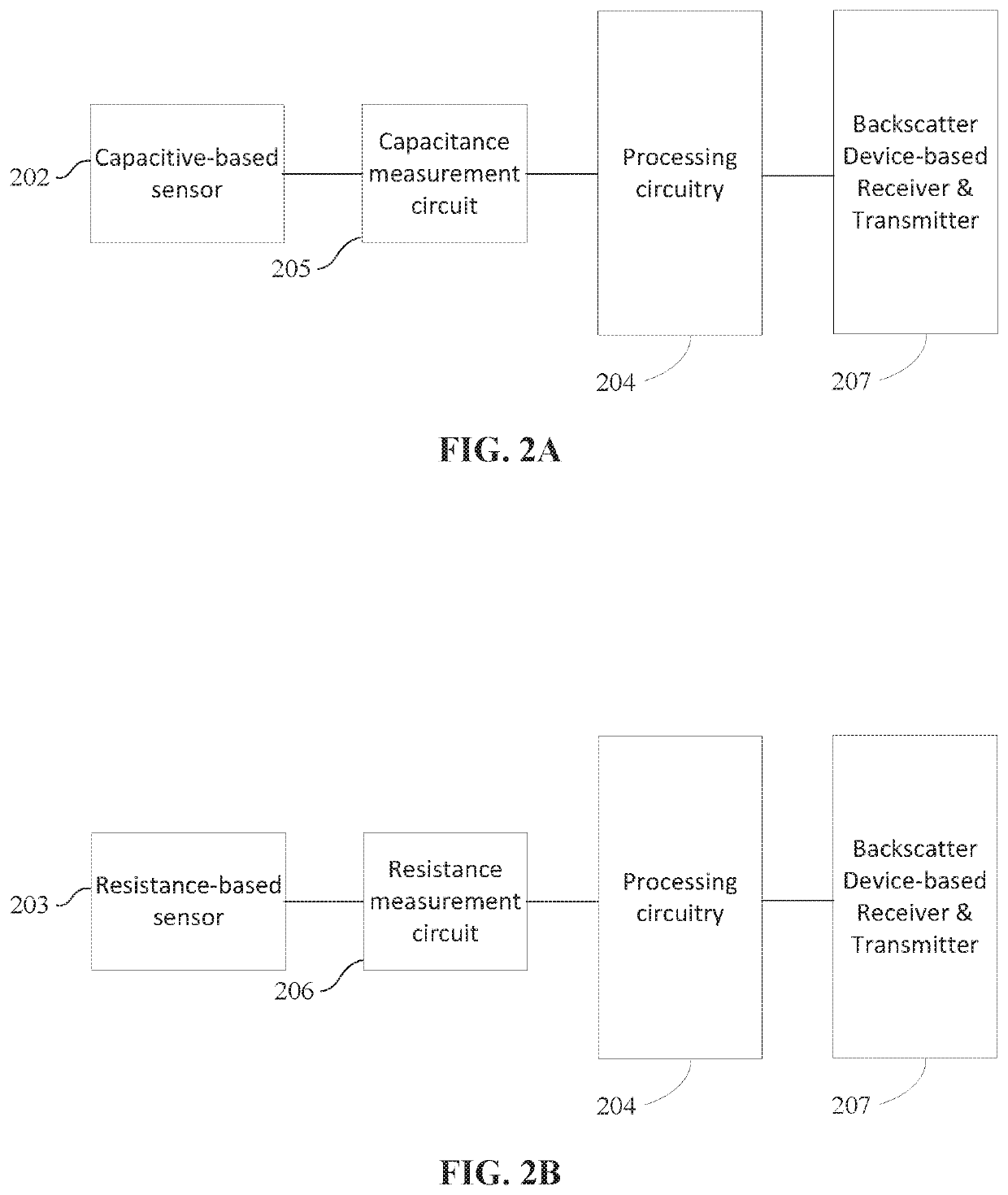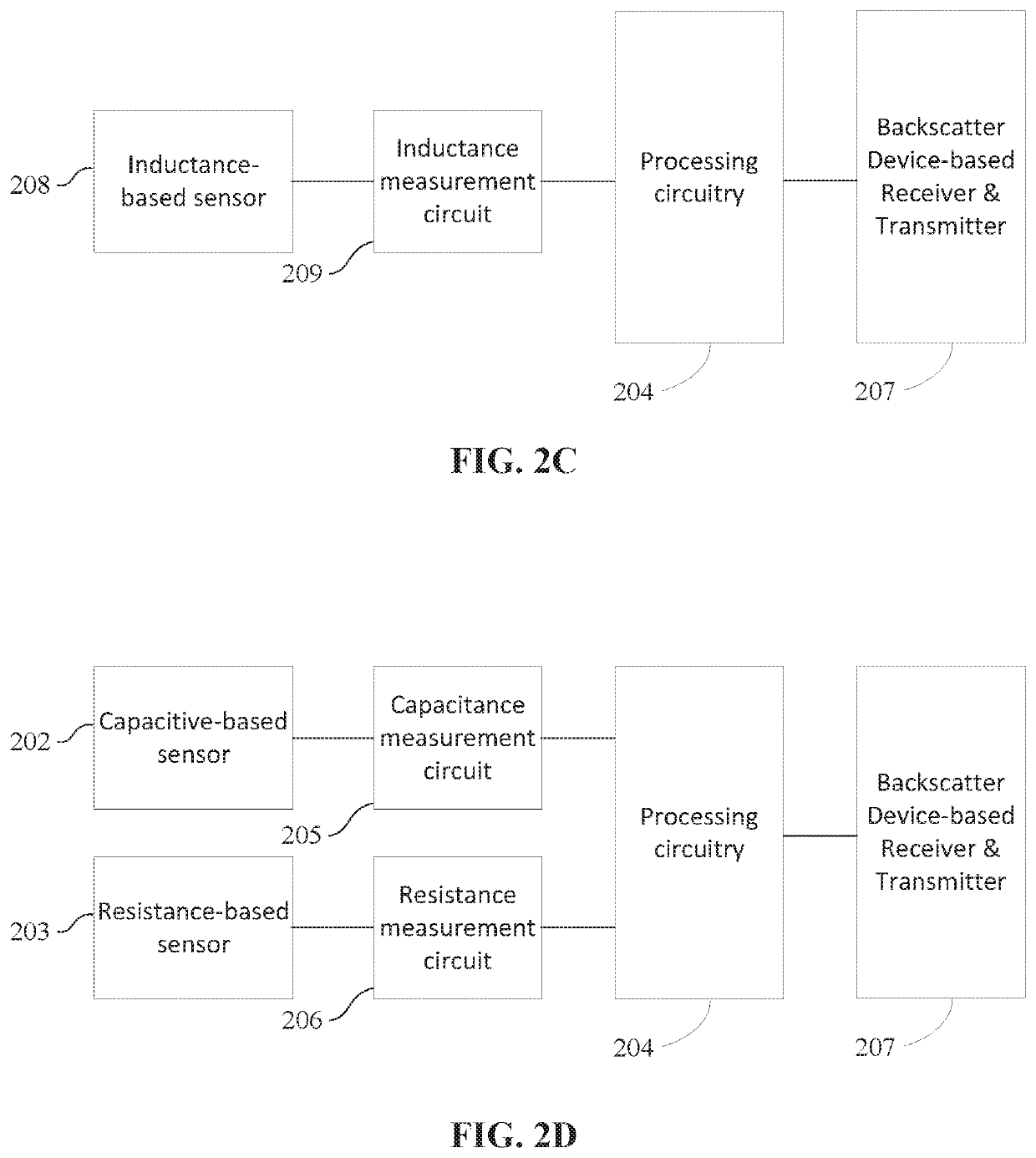Orthodontic braces and feet orthotics with backscatter based sensors
a technology of backscatter and orthotics, applied in the field of orthotics with backscatter based sensors, can solve the problems of specialized equipment, large footprint, and high cost of prior art imaging techniques, and achieve the effects of reducing the risk of recurrence, and reducing the diagnostic accuracy
- Summary
- Abstract
- Description
- Claims
- Application Information
AI Technical Summary
Benefits of technology
Problems solved by technology
Method used
Image
Examples
Embodiment Construction
[0309]In the following discussion that addresses a number of embodiments and applications of the present invention, reference is made to the accompanying drawings that form a part thereof, where depictions are made, by way of illustration, of specific embodiments in which the invention may be practiced. It is to be understood that other embodiments may be utilized and changes may be made without departing from the scope of the invention.
[0310]Note, “fixed” as used herein may be with respect positional locations that are non-variable and / or non-self-moving; i.e., “fixed” as used herein may not refer to something being affixed or attached to something.
[0311]FIG. 1A may depict a schematic block diagram of a reader 100. In some embodiments, reader 100 may comprise antenna 110. In some embodiments, reader 100 may comprise at least one antenna 110. In some embodiments, reader 100 may comprise one or more antennas 110.
[0312]FIG. 1B may depict a schematic block diagram of a monitoring-senso...
PUM
 Login to View More
Login to View More Abstract
Description
Claims
Application Information
 Login to View More
Login to View More - R&D
- Intellectual Property
- Life Sciences
- Materials
- Tech Scout
- Unparalleled Data Quality
- Higher Quality Content
- 60% Fewer Hallucinations
Browse by: Latest US Patents, China's latest patents, Technical Efficacy Thesaurus, Application Domain, Technology Topic, Popular Technical Reports.
© 2025 PatSnap. All rights reserved.Legal|Privacy policy|Modern Slavery Act Transparency Statement|Sitemap|About US| Contact US: help@patsnap.com



